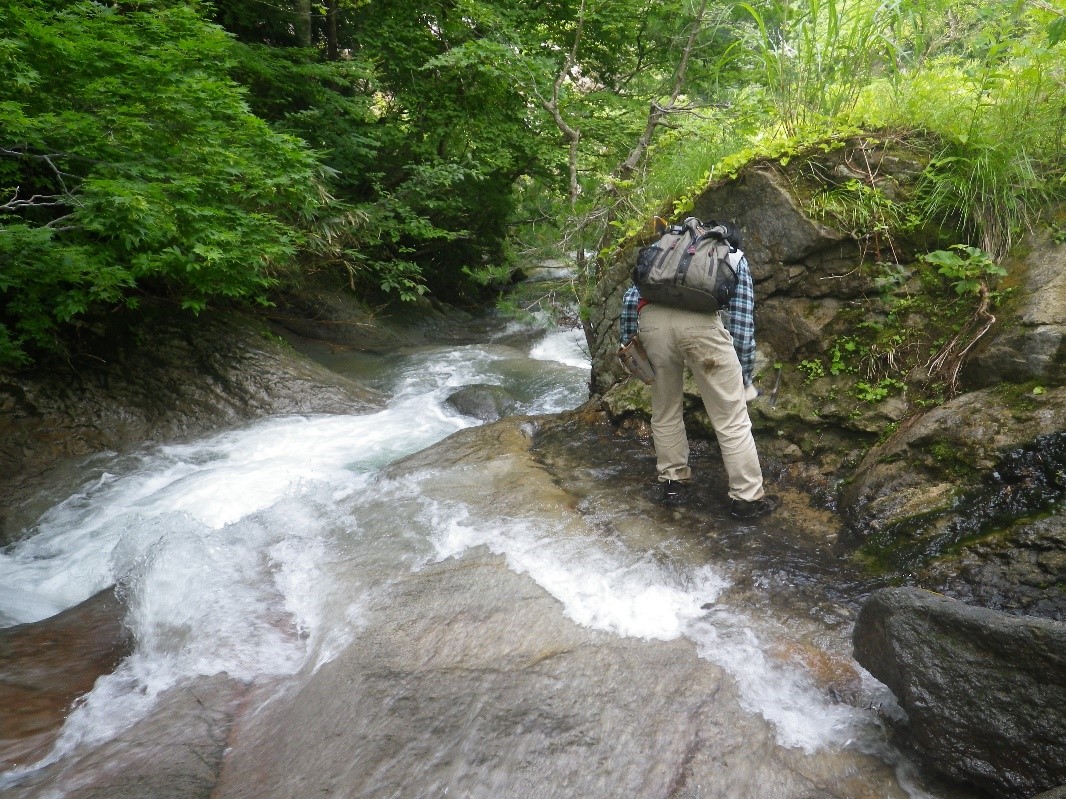Research Interests
Mineralogical and geological studies to elucidate volcanic phenomena(T. Ohba)
1. Mineralogical study of volcanic products
1-1. Volcanic products of phreatic and magmatophreatic eruptions at volcanoes possessing underneath hydrothermal systems
At many volcanoes on subduction zones, steam ejected by phreatic and phreatomagmatic eruptions derives from sub-volcanic hydrothermal systems. Mineralogy of hydrothermally-altered fragments in the volcanic products tells us about temperature, depth, and chemical compositions of the hydrothermal fluid (Ohba, 2012; Ohba and Kitade, 2005). We have determined the conditions for cases of the 1997 Akita Yakeyama (Ohba et al. 2007), the 2014 Ontake (Imura et al, 2014; Minami, 2015) the 1926 Tokachi (Imura et al., 2015) and many ancient eruptions (Ohba and Kitade, 2005; Imura et al., 2015). We use XRD and SEM/EDS, and also analyze sulfur isotopic ratios.
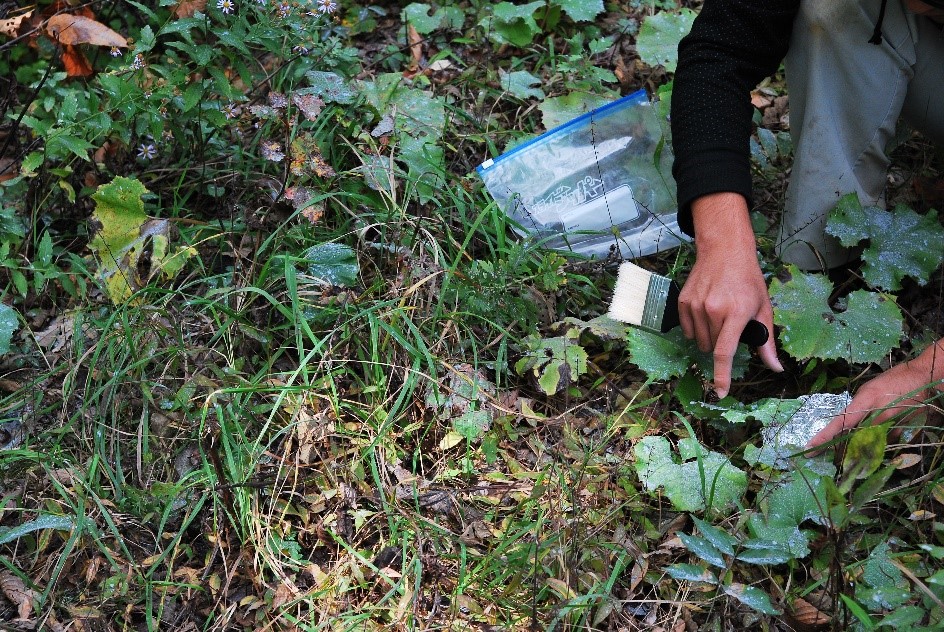
1-2. Residence time in magma reservoir and elementary steps of magma mixing recorded as crystal textures
Our extensive petrological studies have revealed magmatic processes under volcanoes, focusing on crystal textures and elemental zoning (e.g., Ti in quartz or Mg/Fe in mafic minerals). Volcanoes in NE Honshu volcanic arc are our main filed, involving Yagen Caldera (Toda et al., 2014), Hakkoda (Ohba et al., 2009; Komatsu and Ohba, 2014), Hachimantai (Ohba et al., 2007 & 2009), Chokai (Ohba et al., 2014). Indonesian volcanoes are our next target; we have started working on western Java. Elementary steps of magma mixing have been deciphered from crystal textures in rocks from Chokai, Hakkoda, and some volcanoes in western Java. Residence time after magma recharge into felsic magma chamber was successfully determined by observing Ti zoning in quartz phenocrysts in tuffs from Yagen Caldera. We use SEM/EDS, EPMA, and CL for the petrographical study, in addition to whole rock chemistry with XRF.
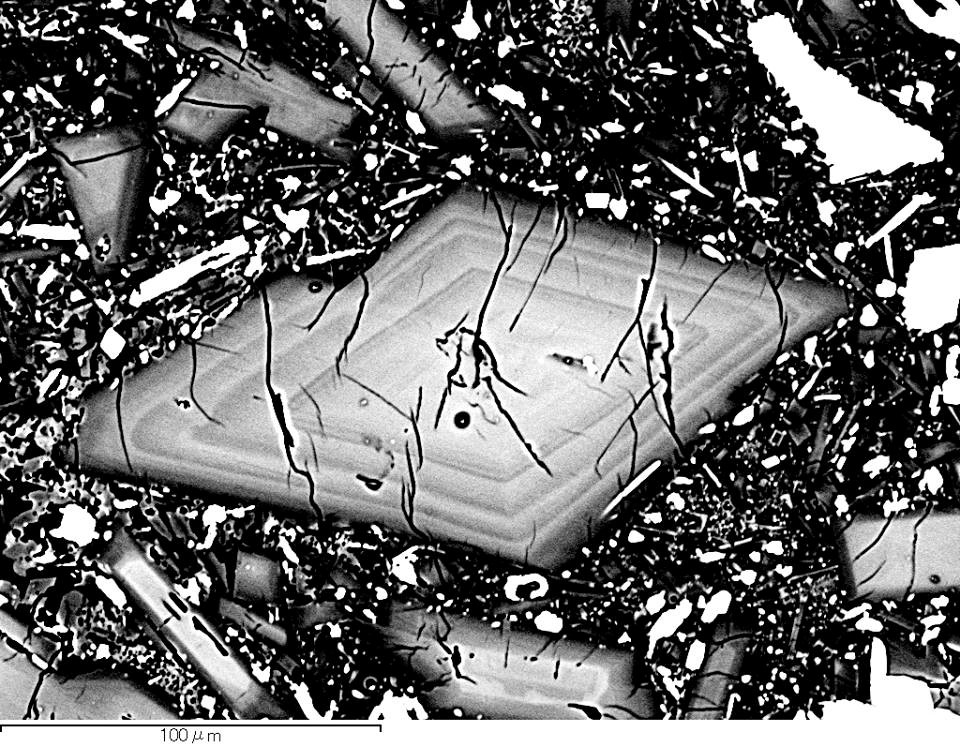
2.Geological study
2-1. Sedimentary process of lahar (volcanic mudflow and debris flow)
Geological observation at the northern base of Chokai volcano has elucidated sedimentary processes of lahar and consequent spatial variations of sedimentary facies (Minami et al., 2015). Topographic features of the volcanic fan can be well correlated with the sedimentary facies. We also classified lahar deposits into two according to the matrix component, sand-rich and clay-rich types. The clay-rich type contains hydrothermally altered minerals, implying that the lahar derived from hydrothermal alteration zones in the volcanic edifice. We have started survey of some lahar deposits from other volcanoes. Our new targets are the deposits in other volcanic arcs, e.g. Chilean and Indonesian volcanoes.
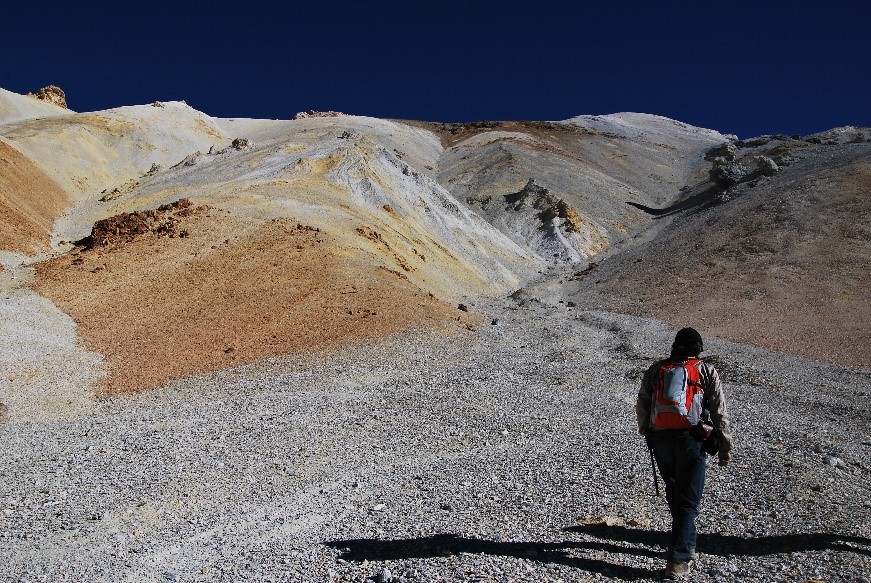
2-2.Eruptive history of active volcanoes
Some of our geological studies on Quaternary volcanoes combine stratigraphy with AMS dating and petrography. Eruption history of Chokai volcano was deciphered by the observation to volcanic ash layers preserved in swamp deposits (Ohba et al., 2011). The volcano has intermittently erupted during the last 4000 years with an interval of c. 80 years.
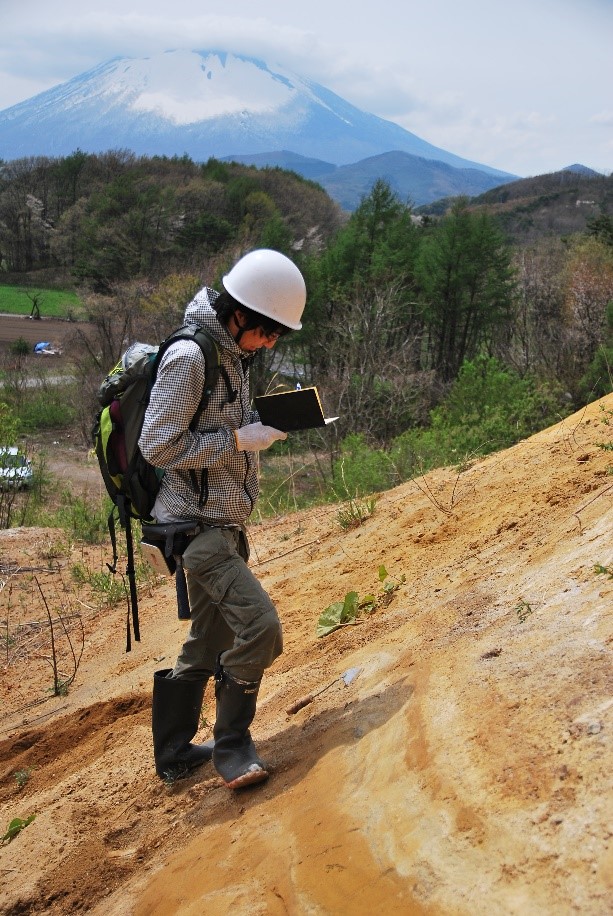
2-3. Study of caldera formation
Stratigraphy, geologic structure and petrological characteristics of pyroclastic deposits from caldera eruptions reflect formative processes of the caldera volcano. We have observed out-flow deposits distributed around Osaki area, Miyagi, and caldera-fill deposits in Yagen Caldera, Aomori (Toda et al., 2014), and in Sanzugawa Caldera, Akita (Oki and Ohba, 2014).
